Courses Infomation
PTSD and Complex PTSD: Ways to Bolster Resilience by Donald Meichenbaum

PTSD and Complex PTSD: Ways to Bolster Resilience by Donald Meichenbaum
**More information:
Description
Evidence shows that 75% of individuals who experienced traumatic and victimizing experiences demonstrate resilience and in some instances, experience Post Traumatic Growth. In contrast, the other 25% demonstrate persistent adjustment problems and may receive diagnoses of PTSD or Complex PTSD and related psychiatric disorders. In this recording, Dr. Meichenbaum will discuss what distinguishes these two groups and the assessment and treatment implications. He will begin with a critique of the concept of PTSD and a critical review of the “state of the art” of treating traumatized and victimized clients.
He will highlight the benefits of tailoring psychotherapeutic interventions to the major emotional state of the client, be it prolonged and complicated grief, guilt, shame, anger and moral injuries. He will conclude with a discussion of specific ways to bolster client and families resilience (See www.roadmaptoresilience.org). A detailed handout complete with valuable worksheets will be provided.
- What distinguishes the 75% of individuals who evidence resilience versus the 25% who evidence persistent adjustment difficulties following trauma experiences and the implications for assessment and treatment
- Constructive Narrative strengths-based treatment approach for PTSD and Complex PTSD
- Tailor interventions to meet the client’s emotional needs of complicated grief, guilt, shame, anger and moral injuries
- Specific ways to bolster resilience and the neurobiological correlates of positive emotions
- Put it all together in a Phase-oriented treatment approach
More information about Medical:
Medicine is the science and practice of establishing the diagnosis, prognosis, treatment, and prevention of disease.
Medicine encompasses a variety of health care practices evolved to maintain and restore health by the prevention and treatment of illness.
Contemporary medicine applies biomedical sciences, biomedical research, genetics, and medical technology to diagnose, treat, and prevent injury and disease,
typically through pharmaceuticals or surgery, but also through therapies as diverse as psychotherapy, external splints and traction, medical devices, biologics, and ionizing radiation, amongst others.
Medicine has been around for thousands of years, during most of which it was an art (an area of skill and knowledge) frequently having connections to the religious and
philosophical beliefs of local culture. For example, a medicine man would apply herbs and say prayers for healing, or an ancient philosopher and physician would apply bloodletting according to the theories of humorism.
In recent centuries, since the advent of modern science, most medicine has become a combination of art and science (both basic and applied, under the umbrella of medical science).
While stitching technique for sutures is an art learned through practice, the knowledge of what happens at the cellular and molecular level in the tissues being stitched arises through science.
Salepage : PTSD and Complex PTSD: Ways to Bolster Resilience by Donald Meichenbaum
About Author
<author content>


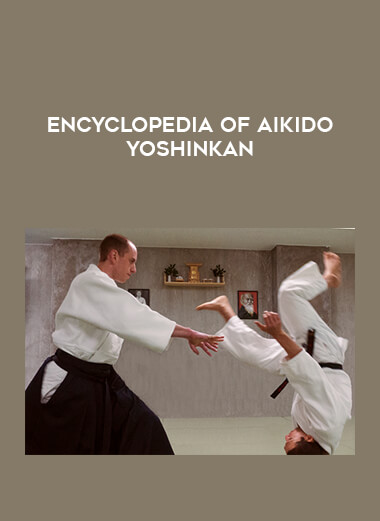



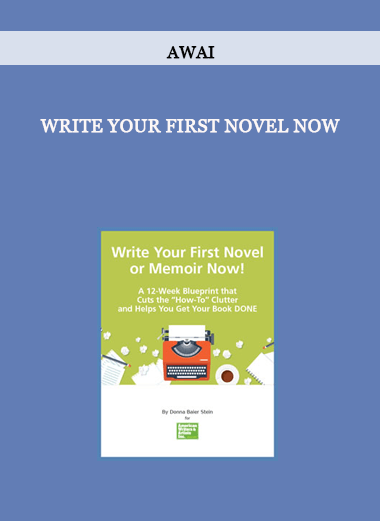
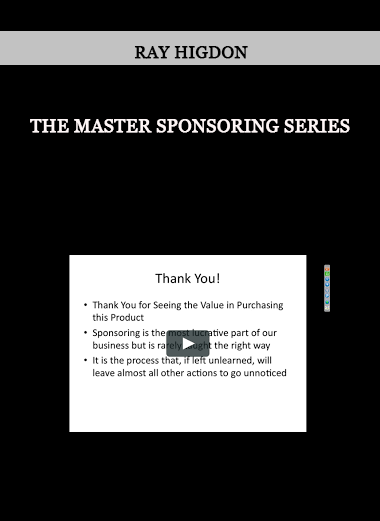

![Peter Titus - Create Your Own Automated Stock Trading Robot In EXCEL! [39 Video (MP4) + 2 Document (HTML)]](https://crablib.info/wp-content/uploads/2021/02/Peter-Titus-Create-Your-Own-Automated-Stock-Trading-Robot-In-EXCEL-39-Video-MP4-2-Document-HTML.jpg)
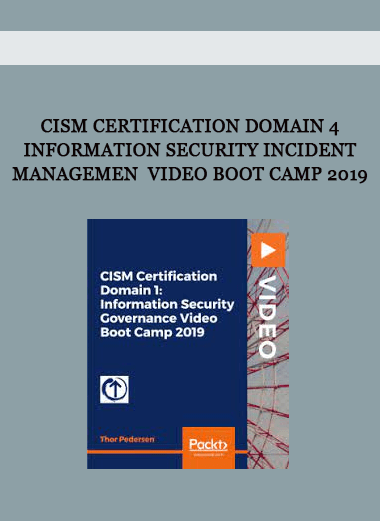
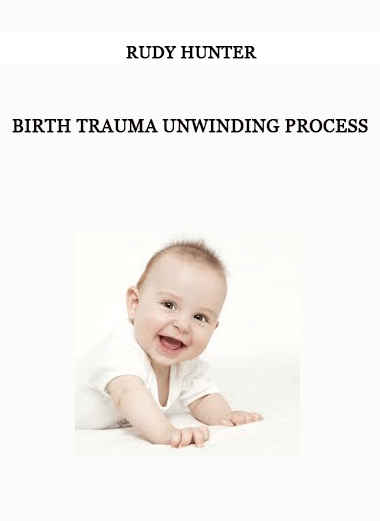



















Reviews
There are no reviews yet.